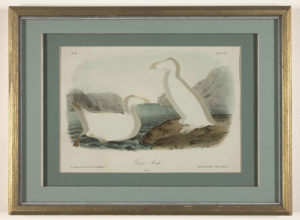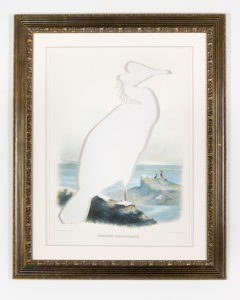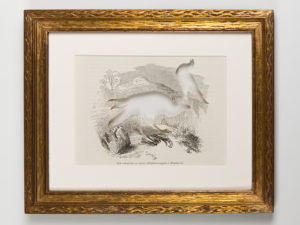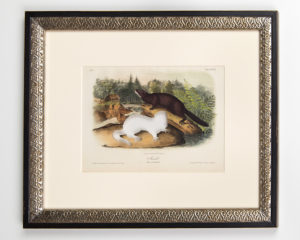How do we as citizens and writers respond to loss in the natural world? Since I began to write my book, Brief Eulogies for Lost Animals (now available), several years ago, loss in nature has been frequently on my mind. I gave my first-ever poetry workshop on this theme at the Massachusetts Poetry Festival last weekend, and judging by how early the session filled up (soon after the schedule was announced, back in April), people are hungry to engage the topic.

What have we lost? I asked the participants at the beginning of the session.
They answered:
- fireflies
- honeybees
- the flight of the monarch
- coral reefs
- clean water
- the night sky
- the sounds of nature
and more.
A formidable list, which I supplemented with elephants, tigers, rhinos, pangolins, sharks, orangutans, bluefin tuna, songbirds, amphibians, mangroves, wetlands, neighborhood trees, sea grass beds, glaciers, mountain tops, and diversity in nature (see the work of Bernard Krause).
Our task as writers is to engage challenging issues and I would love to see poets take on loss in nature more frequently. Whether to grieve and lament, honor and eulogize, forewarn and remind (not to mention rant and rave!), our responses in poetry can help others process their own feelings regarding environmental change. Look at Mary Oliver’s poem, Lead . After the two inciting incidents (the loons dying over the winter and the friend’s description of one in its death throes) she folds in all the things she loves about loons – the things we all love, including its wild and uncanny call. Her response is our inspiration, a heartbreak that reminds us not to withdraw but to engage. “Here is a story/ to break your heart” she begins. And she ends the poem with:
I tell you this
to break your heart,
by which I mean only
that it break open and never close again
to the rest of the world.
Without this frame, the poem would be incomplete.
Historically, loons nested in Massachusetts but were extirpated in the late 19th century. In 1975, a pair of loons was discovered nesting at Quabbin Reservoir. Today, there are approximately 32 nesting pairs of loons on 14 different lakes, ponds and reservoirs in the Commonwealth. Loons are listed on the Massachusetts Endangered Species Act list as a Species of Special Concern. In general they require 1000 acres of water per nesting pair, islands for nesting and limited human disturbance, which makes the Quabbin Reservoir ideal.
However, loons are being poisoned by ingesting lead fishing gear – hence the title of Mary Oliver’s poem – this is the leading cause of mortality of loons in New England. They do this either by eating the minnows used as bait, then swallowing the hook, line, and sinker or by scooping lead sinkers off the bottom when they ingest small pebbles. Lead sinkers and lead weights less than one ounce are now banned in all inland lakes in Massachusetts in an attempt to curb the problem.
We had a lively discussion about the poem and it seems I could have based my entire session on it. But we also looked at a handful of other poems, chosen from Earth Shattering , a terrific anthology of ecopoems edited by Neil Astley, The Dire Elegies: 59 Poets on Endangered Species of North America, the Amsterdam Quarterly, The Lost Species Day website and Canary: A Literary Journal of the Environmental Crisis.
While journalists and scientists have to tell stories and present evidence when they write about loss in nature, poets have an advantage in being able to draw from seemingly unrelated events – or from their own experience — in order to evoke particular feelings.
One of the shortest poems we looked at was Condor from The Dire Elegies, by Massachusetts poet Susan Edwards Richmond:
When there is no sky left
big enough
to hold that bird,
let it die.
Then dig my grave close by.
So terse, and yet so evocative at the same time. I love the prophetic voice she adopts in the first section of the poem. My hunch is that she took a simple detail like the ability of condors to soar, a detail that she loved, and turned it inside out to make it sound fresh and authoritative. Her real response follows in the last line Then dig my grave close by. As one of the workshop participants said, the success of the condor is our success, and its failure, should that occur, will be our failure too.
In a writing exercise, we tried to get at the prophetic voice she uses in the first section, but we didn’t have time to share responses. Still, I feel we accomplished a lot in that one hour frame. My blurb on the festival website promised, “By challenging ourselves to engage important environmental problems, you’ll come away both with new material and with renewed connection to the natural world.” Ambitious, to be sure. But if only it were that easy to connect with nature!
Nevertheless, given the engagement and energy of the participants and the response to the theme, I’m looking forward to doing more such workshops soon.



